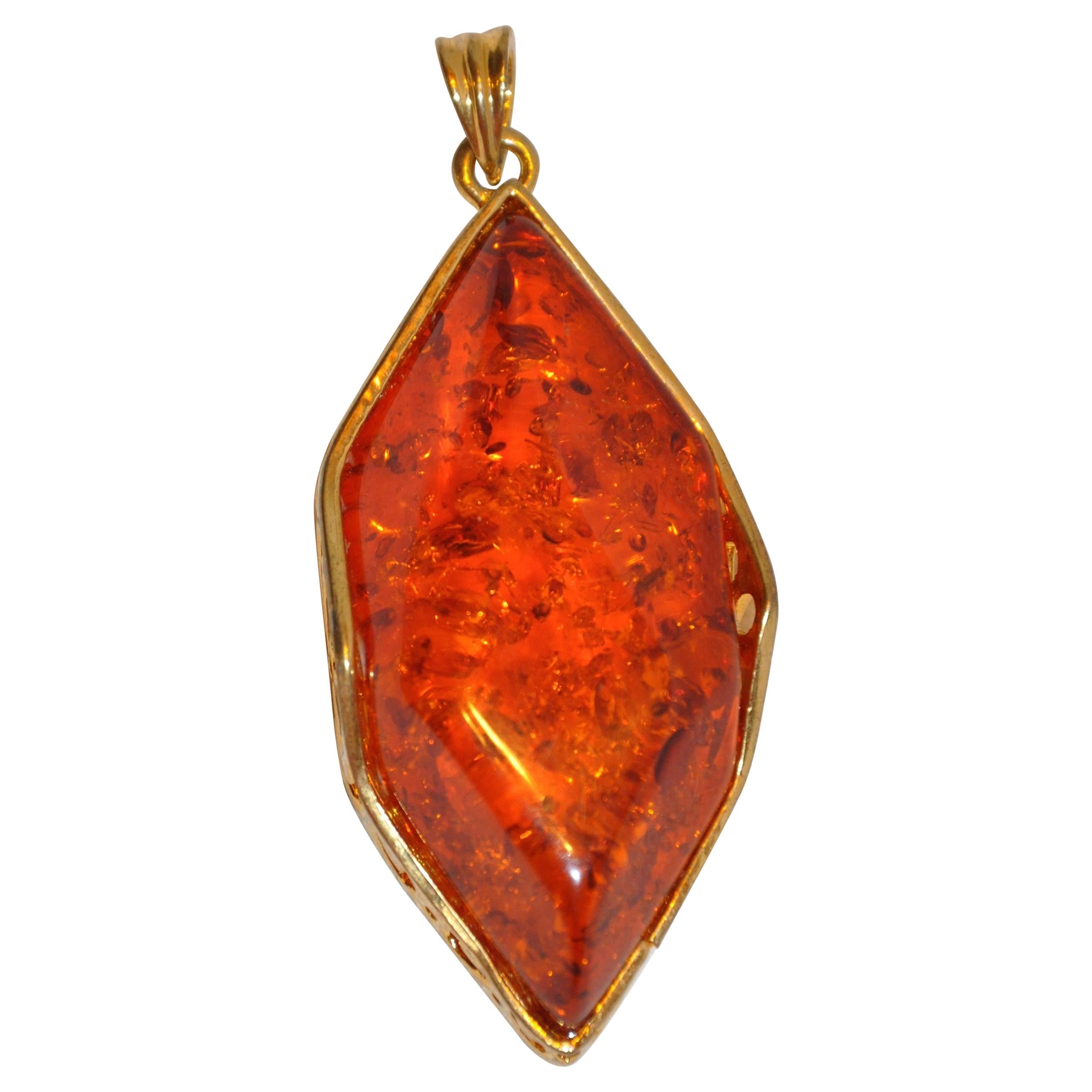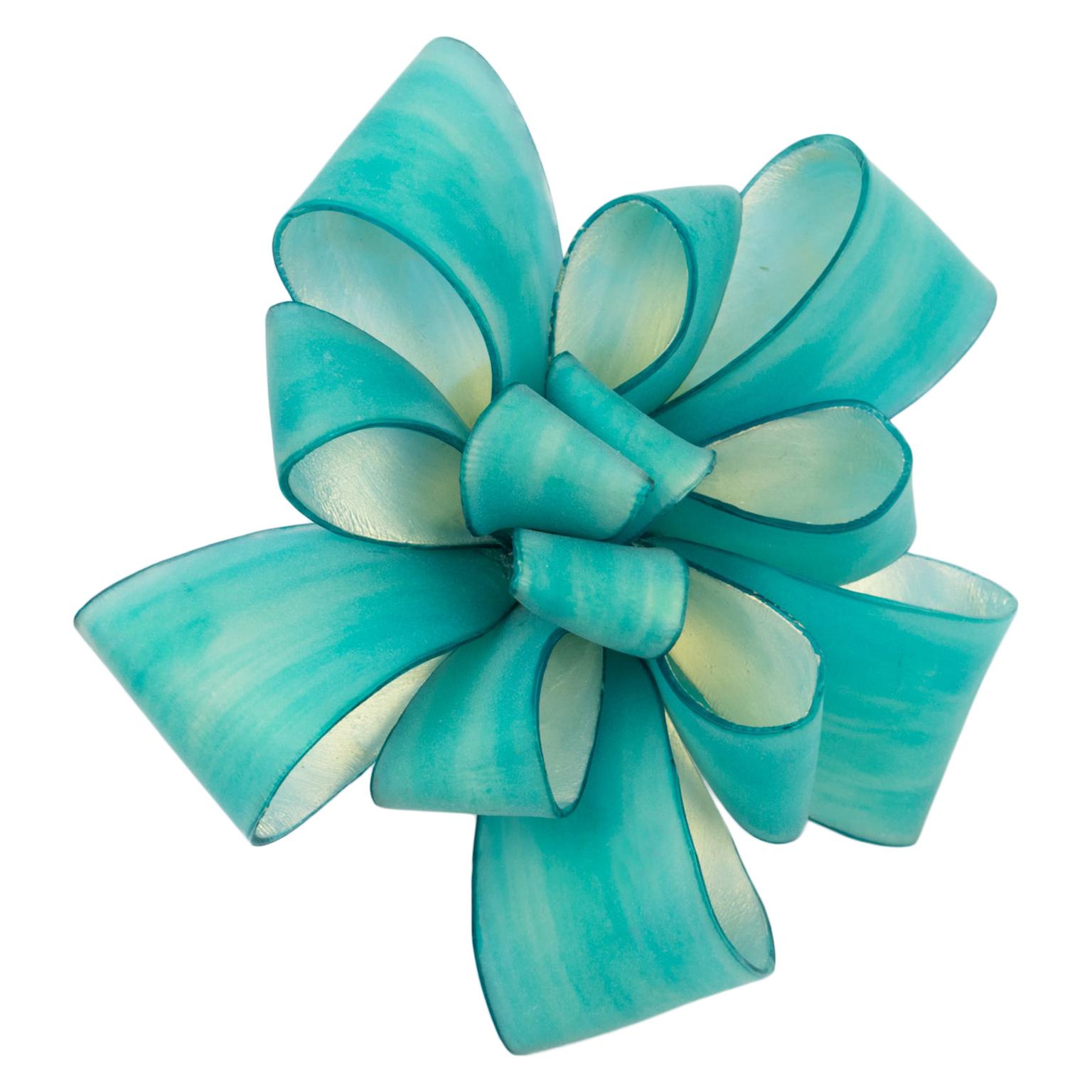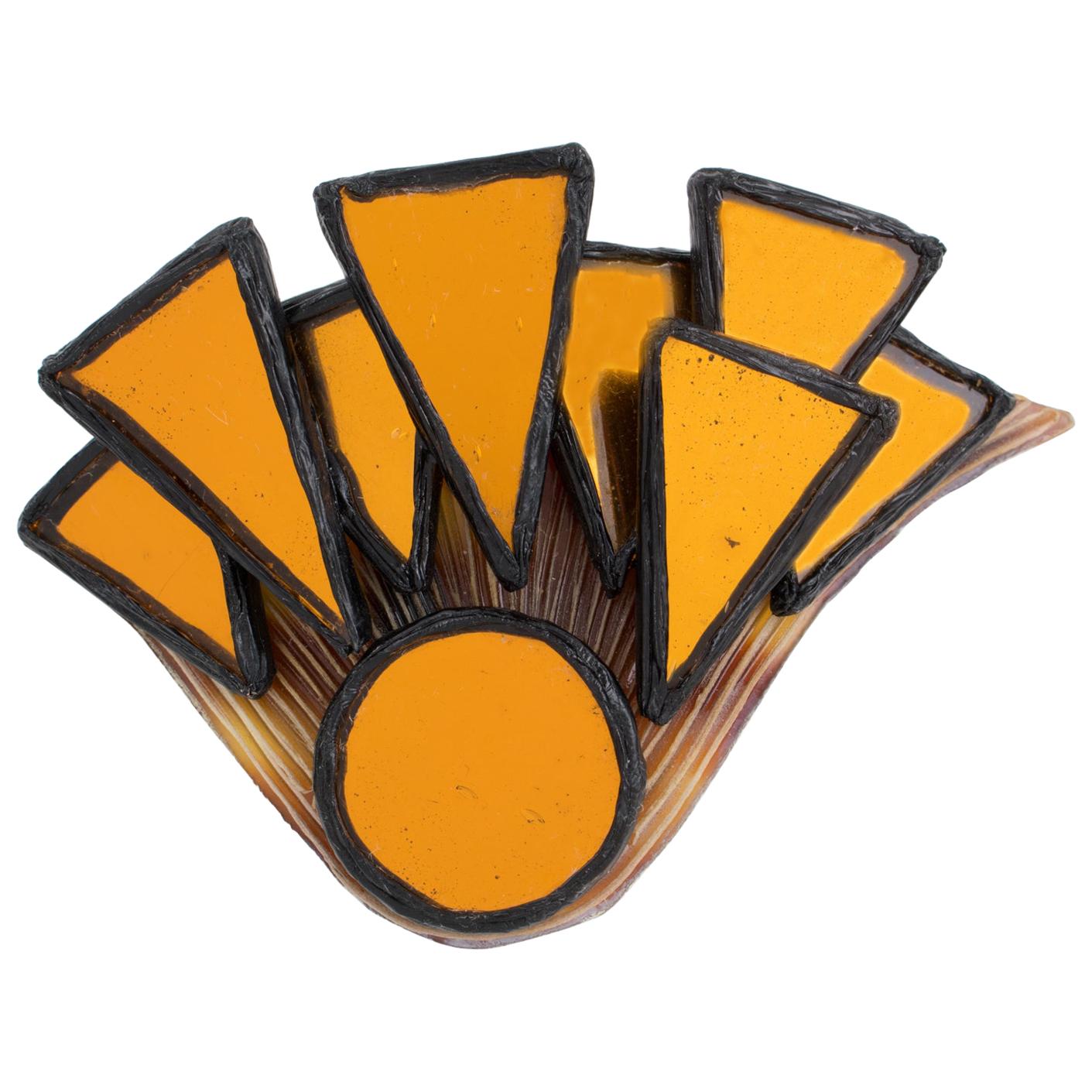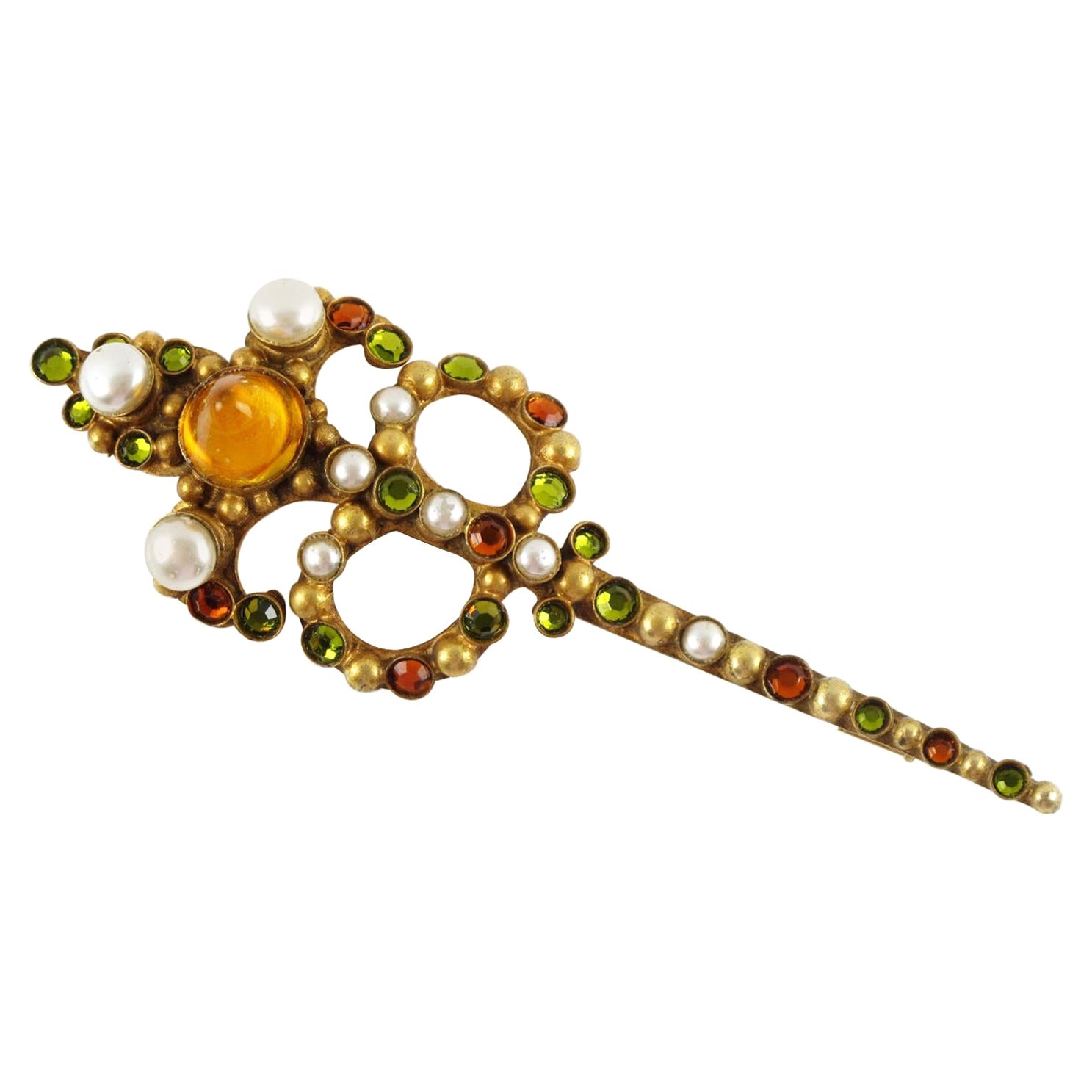Items Similar to 1941 ChanelRelevant American Reinad ArtDecoStyle Silver PolkaDot LargeBow Brooch
Want more images or videos?
Request additional images or videos from the seller
1 of 6
1941 ChanelRelevant American Reinad ArtDecoStyle Silver PolkaDot LargeBow Brooch
About the Item
In Spring 1941 after French fashion couturier Gabriel "Coco" Chanel had stopped production of her clothing designs while she remained in Europe during the WWII era, the decades-old American costume-jewelry company Reinad began imprinting pieces in its new retail line, Chanel Novelty Co, with the script signature "Chanel". As this was prior to the use of the sans-serif capital-letter signature "CHANEL" on French-made jewelry that was commissioned by the Parisian designer, as well as before U.S.-copyright protection began in 1955, the House of Chanel that was mostly owned by the Jewish Wertheimer family of venture capitalists (who remarkably still produced Parfums CHANEL and French-vineyard wine via legal proxy while they lived in asylum in The States during the war) filed a U.S. lawsuit to demand that Reinad halt the use of its founder's famous last name.
As the Werthheimers' quickly won, Reinad only produced the single seasonal collection stamped with the French brand name, and subsequently only imprinted its company name as the sans-serif capital-letter signature "REINAD" without a copyright symbol, which was different that its prior signatures dating back to its founding in 1922. When Chanel herself resumed French-made fashion production in Paris in 1953 (with Werthheimer support leading to their acquisition of all rights to her name despite her post-war eight-year exile in Switzerland due to close association with Nazis), for the first time all of her creations were signed "CHANEL" like the original packaging of the exceedingly profitable "No.5" perfume.
While Reinad continued to produced costume jewelry until 1954, in the last decade of this business, the U.S. company continued to try to appeal to potential Chanel buyers by at least making Chanel-style designs. As such, owning an attractive and well-made Reinad piece can be considered a useful investment in fashion history as evidence of a little-known turning-point involving the most famous ongoing luxury-fashion business Chanel, as well as of the impact of that legal judgement had on advancing U.S. design protection for brands that later used the copyright symbol.
Like early ArtDeco-style oversized heavy metallic costume jewelry by Chanel, this three-dimensional monochrome silver-alloy polkadot bow brooch imitates a pale polkadot-textured ribbon. Notably, while high-quality ribbon for styling hair or decorating clothing in a non-functional way was still an expensive accessory for special occasions a century ago, Chanel made extensive use of the large-bow motif in her couture clothing and costume-jewelry ensembles since the 1920s. As an appropriation of the tuxedo bow-tie accessory for men when it instantly connoted being rich and powerful, she often tied a monochrome silk ribbon around her head to pull back her hair. She so frequently used a bow to adorn her models and clients throughout her career that it became an iconic symbol of the brand.
- Creator:
- Metal:Rhodium,Silver,Base Metal
- Weight:40 g
- Dimensions:Width: 3.25 in (82.55 mm)Length: 3 in (76.2 mm)
- Style:Art Deco
- Place of Origin:United States
- Period:1940-1949
- Date of Manufacture:1941-1954
- Condition:Wear consistent with age and use.
- Seller Location:Chicago, IL
- Reference Number:1stDibs: LU3244221663802
About the Seller
5.0
Vetted Seller
These experienced sellers undergo a comprehensive evaluation by our team of in-house experts.
Established in 2012
1stDibs seller since 2022
11 sales on 1stDibs
Typical response time: <1 hour
- ShippingRetrieving quote...Ships From: North Adams, MA
- Return PolicyA return for this item may be initiated within 1 day of delivery.
More From This SellerView All
- Couture CocoChanel Byzantine ThePurpleHeart PearlAmethystQuartz GoldMedallionBy ChanelLocated in Chicago, ILDuring the ArtDeco period when Gabriel "Coco" Chanel was at her peak as a Parisian couture fashion-designer in the early 1930s, this antique one-of-a-kind handcrafted gem-fringed and gilt-chain medallion brooch with trombone clasp was commissioned to accessorize one of her clothing designs. Marked only "FRANCE" like some early 1930s Chanel couture jewelry (without a brand stamp until the 1950s), its artistic origin is most likely from ornate organic-form sketches by her favorite parurer Fulco di Verdura. The Sicilian duke began creating fabric patterns for Chanel in 1927, which shortly expanded to fine jewelry beginning with custom pieces for herself. These include the iconic Byzantine-influenced gem-adorned cuffs referencing the Maltese military-cross, which the French designer can often be seen wearing in circa-1930s photos. This bright yellow-gold brooch suits goldsmith Verdura's early anti-Art-Deco aesthetic that was considered a radical departure from 1920s silver-tone jewelry, which otherwise featured linear geometric designs or figurative representation. The softly-shaped deconstructed gem-bouquet mixes amethyst and rose-quartz beads with natural Keshi pearls and intricate tiny gilt leaves, which are wired to a Baroque-motif open-work frame that dangles another gem surrounded by a thick gilt-rope halo. Notably, Verdura is credited with re-introducing since Victorian times the rope motif to jewelry. Since 1930, Verdura's unique style was influenced by travels with Chanel to explore Byzantine art, Baroque architecture, and exotic flora-and-fauna among his native Italian aristocratic estate. The legendary fashion-editor Diane Vreeland and American entertainment-stars were among the first Chanel clients to acquire couture real-gem-adorned jewelry made by Verdura, while one of the two brooches treasured by Vreeland was titled "Theodora". See our photo of the Byzantine mosaic of Empress Theodora, whose image wearing many teardrop pearls above her chest and surrounded by a golden halo seems to be the inspiration for this brooch. As one of the most important modern-design collaborations, Chanel's close relationship with Verdura lasted largely-undocumented years in Paris, until he launched his first outside jewelry venture with a Hollywood designer-boutique after emigrating to the United States in 1934. By 1939 as a financially-backed in-demand goldsmith, he founded the namesake jewelry-company Verdura in NYC. After he retired in 1973, the brand continued to operate without him with different owners. Given the duo's designs that played with historic and military references, Chanel's couture commission for this purple medallion may have been sparked in the early 1930s when the internationally-new...Category
Vintage 1930s French Brooches
MaterialsAmethyst, Pearl, Quartz, Gold, Gilt Metal, Yellow Gold
- Artist BertoiaStyle Hammered SterlingSilver SquiggleSpiral UndulatingWire BroochLocated in Chicago, ILThis modern mid-century abstract three-dimensional unsigned brooch is a single hand-hammered sterling-silver wire that was shaped by an artist into an undulating squiggle that ends i...Category
Early 20th Century American Modern Brooches
MaterialsSterling Silver
- 1994 Smithsonian ModernArt LavaRock Sparkling SterlingSilver EyeShaped BroochBy ContemporaryLocated in Chicago, ILLike the pendant collected by the Smithsonian American Art Museum, this bezel-set lava rock was handcrafted as a modern sterling silver brooch by studio-artist Joan Parcher...Category
1990s American Artist Brooches
MaterialsOther, Sterling Silver
- 16thCentury Renaissance SilverRepousse Romantic Engagement Pendant Or HatBadgeLocated in Chicago, ILThis early-16th-Century Renaissance period silver-repousse round medallion pendant features a romantic encounter in a rural landscape between a man and smiling woman wearing European-nobility fashion, including a men's feathered hat, tights and sword. A silversmith was commissioned by this unknown man to make the pendant as a hat badge to promote his affectionate nature, which is conveyed by the welcomed gestures between the adult couple, who stand cheek-to-cheek and hand-in-hand. As there is a church in the distant landscape, this may have been his wedding-engagement announcement. It is worth noting that romantic love via marriage was a rarity before the 18th Century. The tragic romantic Italian legend of Romeo and Juliet was first translated into English for publication in 1562--several decades before Shakespeare turned it into a famous play about a deadly consequence of separating lovers. The pendant medallion is framed with a filigree-like inward-curving bezel and a flat metal backplate, while its bail enables it to be pinned as a brooch or strung on a necklace. A perfect engagement or wedding gift for a man or woman who loves antique...Category
Antique 16th Century French Renaissance Pendant Necklaces
MaterialsSilver, Gilt Metal
- ArtDeco c1925 Bakelite TriColor RedBlueGreen Carved Ribbon Bow BrassPinBroochLocated in Chicago, ILAntique ArtDeco-period Bakelite rare three-color ribbon bow hand-blended-and-carved brooch. Given the colors, narrow style, texture and affixed brass pin...Category
Vintage 1920s Unknown Art Deco Brooches
MaterialsBrass
- MiriamHaskell 1930s FrankHess TripleSeashell RussianGilt Flora WoodLeaf BroochBy Frank Hess for Miriam HaskellLocated in Chicago, ILThis early Miriam Haskell lacquered-shell and brass-decorated clip brooch was created by Frank Hess, her first designer since 1926. The 1930s brooch features three seashells supporti...Category
Vintage 1930s American Baroque Revival Brooches
MaterialsGold, Base Metal, Brass, Gilt Metal
You May Also Like
- Huge Polished Gilded Gold Vermeil Hardware Set With Natural Amber PendantLocated in New York, NYThis wonderfully elegant huge polished gold vermeil hardware detailed with intricate sculpted Filigree frames a beautiful natural Amber. The height measures 3 1/2 inches. The...Category
Vintage 1980s Mexican Artisan Necklace Enhancers
- Cilea Paris Oversized Turquoise Resin Ribbon Pin BroochBy CiléaLocated in Atlanta, GAThis exquisite brooch from Cilea Paris is a piece of art to wear, crafted by hand with skillful attention to detail. Made with high-quality resin, it features a beautiful turquoise r...Category
Early 2000s French Modern Brooches
- Cilea Paris Fantasy Yellow Pumpkin Resin Pin BroochBy CiléaLocated in Atlanta, GACilea Paris designed this stunning dimensional floral pin brooch. The piece features a fantasy-inspired hand-made artisanal crafted design with a giant pumpkin with different texture...Category
Early 2000s French Romantic Brooches
- Christian Lacroix Jeweled Pin Brooch, Floral with PearlsBy Christian LacroixLocated in Atlanta, GAThis is one of the oldest pieces of Christian Lacroix Paris Jewelry we have ever had. This stunning pin brooch belongs to the first jewelry collection ma...Category
Vintage 1980s French Romantic Brooches
MaterialsGilt Metal
- Irena Jaworska, Line Vautrin School Resin and Orange Mirror Mosaic Pin BroochLocated in Atlanta, GAThis adorable Irena Jaworska Talosel or resin pin brooch features a dimensional geometric fan shape in black resin framing, topped with a mosaic of mirr...Category
Vintage 1970s French Modernist Brooches
- French Henry Perichon Gilt Bronze and Poured Glass Cabochons Pin BroochBy Henry PerichonLocated in Atlanta, GABeautiful French jewelry designer Henry Perichon (also known as Henry) extra long gilt bronze pin brooch. An elongated shape in a Renaissance design influences ornate with simulated pearls, colorful poured glass cabochons, and crystal stones. The pis is signed "Henry" on the back and has a security closing clasp. The piece is in good condition, with minor surface scratches on simulated pearls that do not significantly affect its global appearance. Measurements: 1.38 in wide (3.4 cm) x 4 in long (10.3 cm). Note: Henri Perichon (1910 - 1970), known as "Henry," is one of the most inventive jewelry designers of the period. His studio was in Lyon, working on a medium such as bronze, silver, white metal, or resin (Talosel). His style is hard to define, reflecting many influences, from Ancient, Medieval, Renaissance, Baroque to Art Deco. Many famous actresses from the 1950s and the 1960s, Claudette Colbert, Suzanne Flon, Michele Morgan...Category
Vintage 1950s French Medieval Brooches
MaterialsBronze
Recently Viewed
View AllMore Ways To Browse
Still House Jewelry
Expensive Jewelry
Chanel High Jewellery
Chanel High Jewelry
Most Expensive Jewelry
Costume Jewelry Used
Costume Couture
American Couture
Coco Jewelry
Bow Tie Jewelry
Chanel Art Deco Jewelry
Vintage Silk Ribbon
Famous Jewelry In History
Hair Jewelry Vintage
Old Vintage Letter
Coco Vintage Jewelry
1953 Jewelry
Vintage Metal Files





